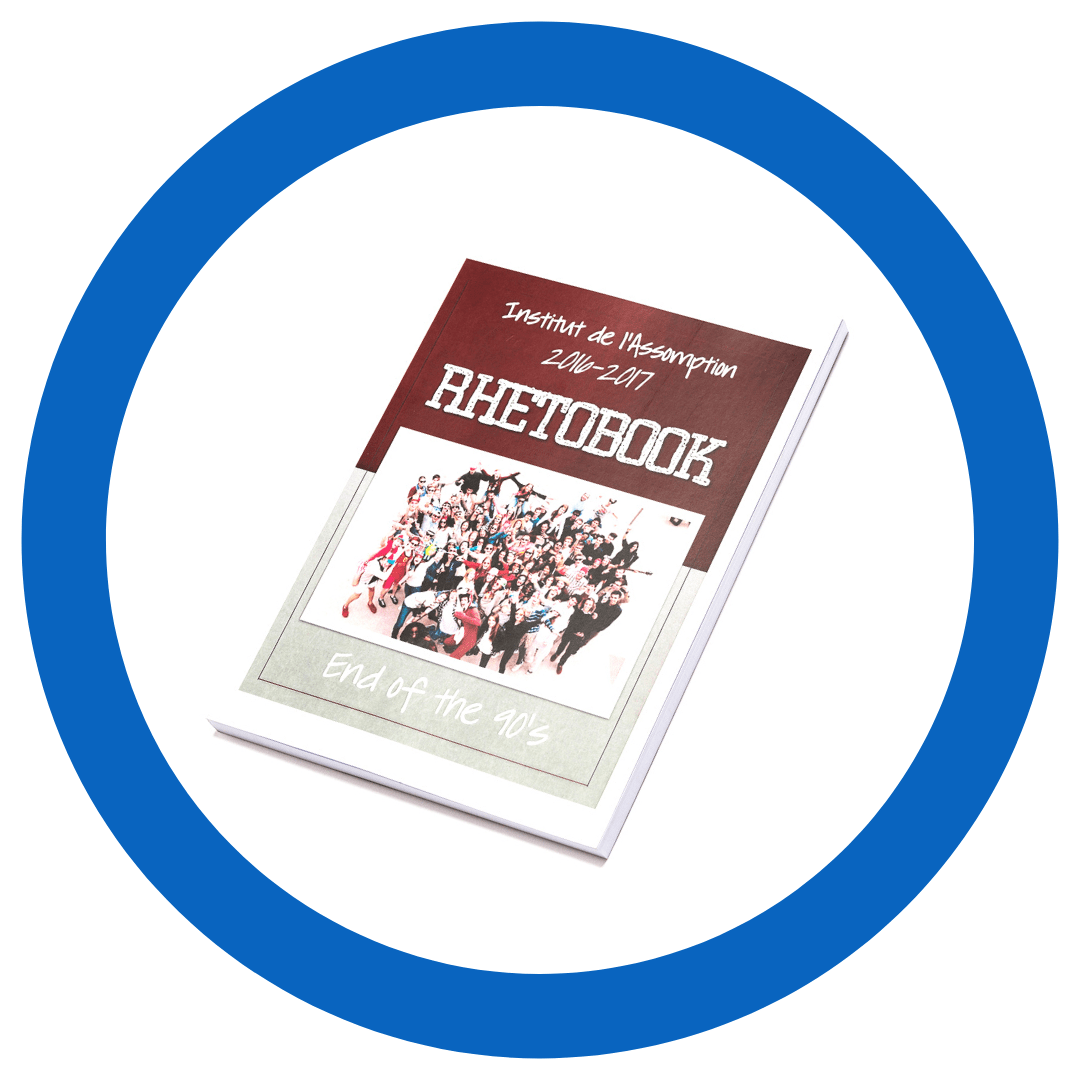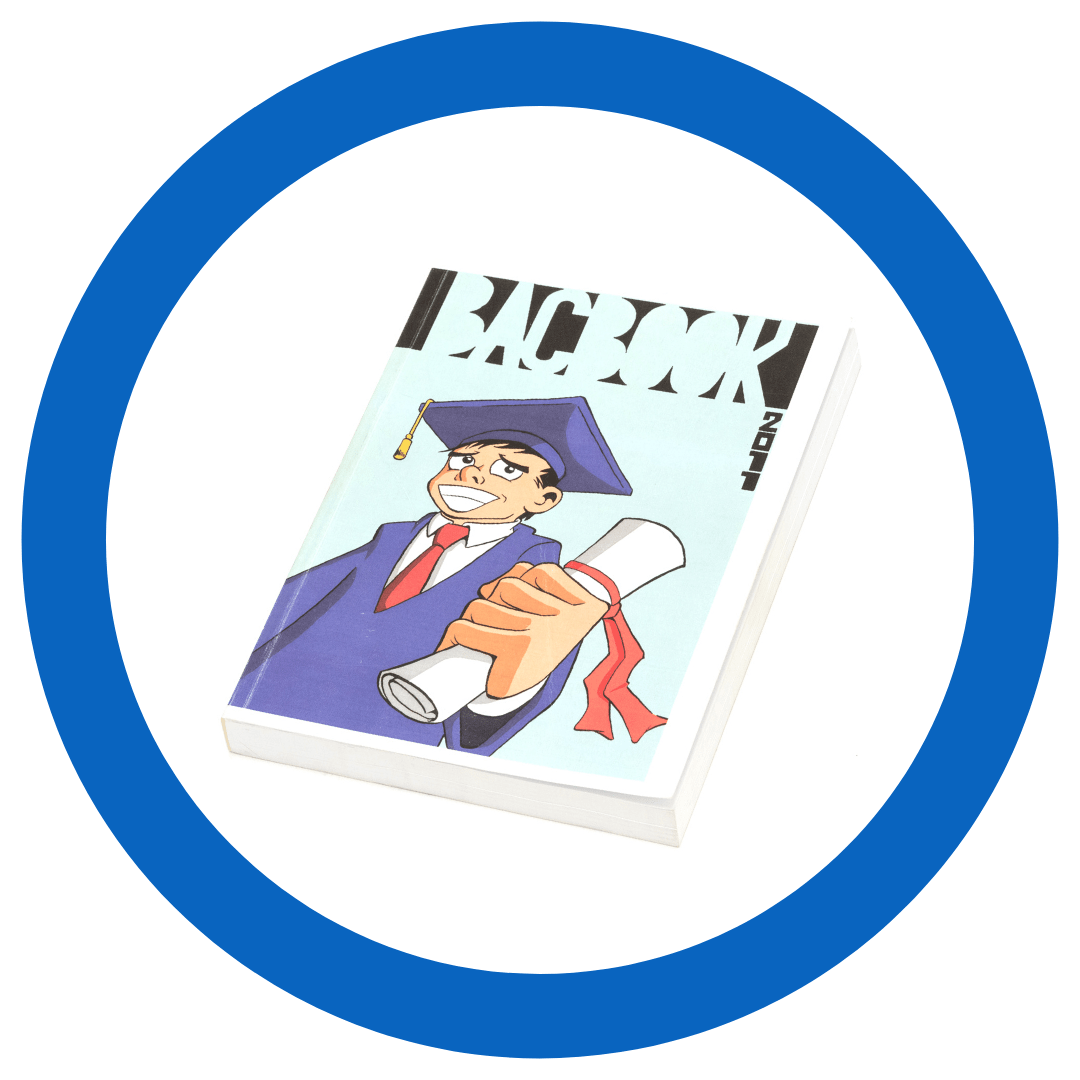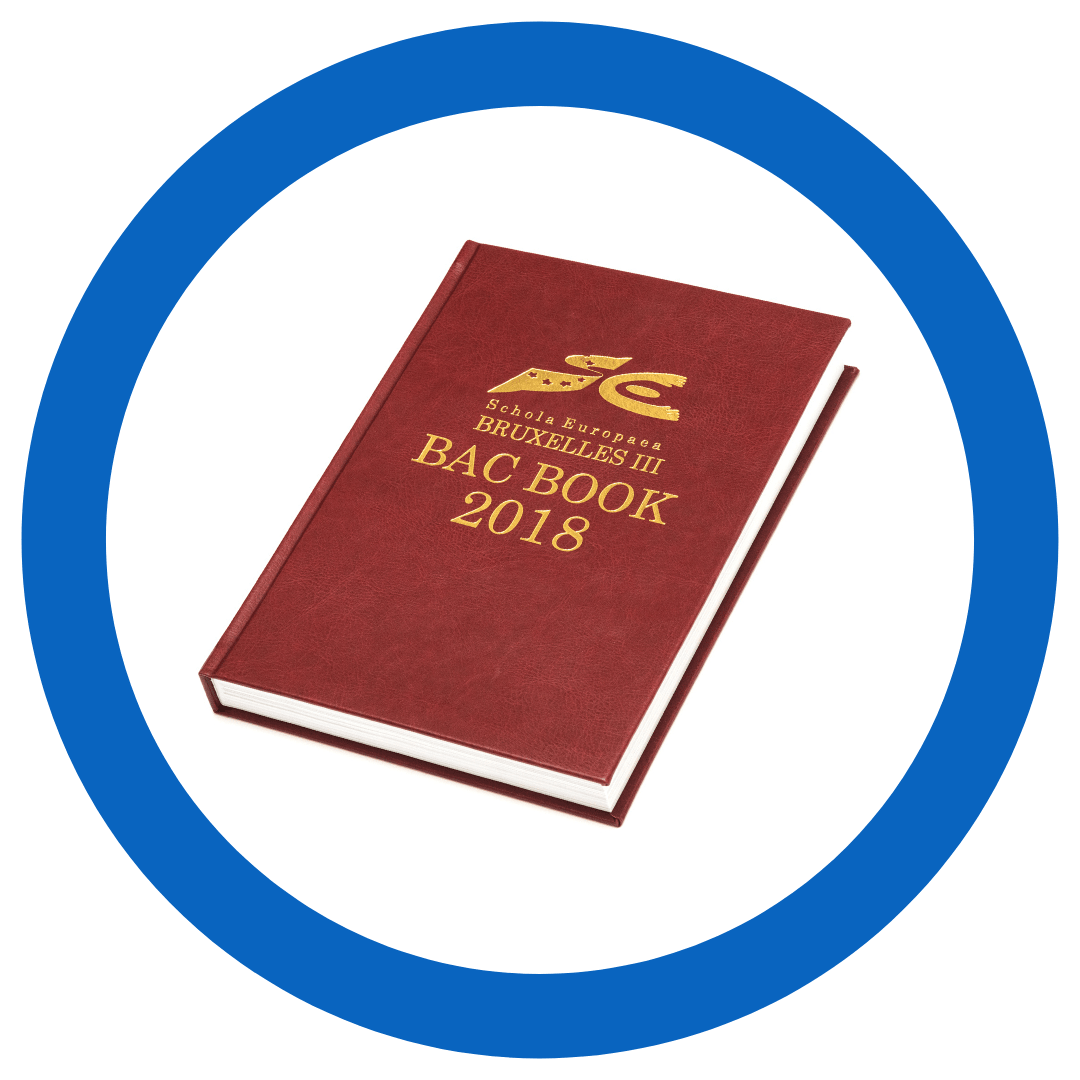Perfect binding is the technique that most of our partner schools and students choose to bind their yearbook for a lower price. This method has the advantage of being fast and cheap. The pages of the yearbook are first printed separately, then assembled and glued directly onto the cover.
Sewn binding is a more advanced method because there is an extra step: all the pages of the yearbook are first printed, assembled and then sewn together before being glued onto the cover. Sewing ensures greater resistance but it’s more expensive than the perfect binding. It depends on your budget, we adapt to any request!
Spiral binding gives a look similar to the student syllabus. This method uses metal rings or plastic rings to bind the pages of the yearbook to the cover. This option is only available for soft covers.
Hot-melt binding assembles the leavers book with a transparent plastic cover and a black or white adhesive strip. We use this more “low-end” binding for the press proof when we send a printed test book to the students. This allows the students to check their yearbook design and make any changes to it before the printing and final binding of all copies.
